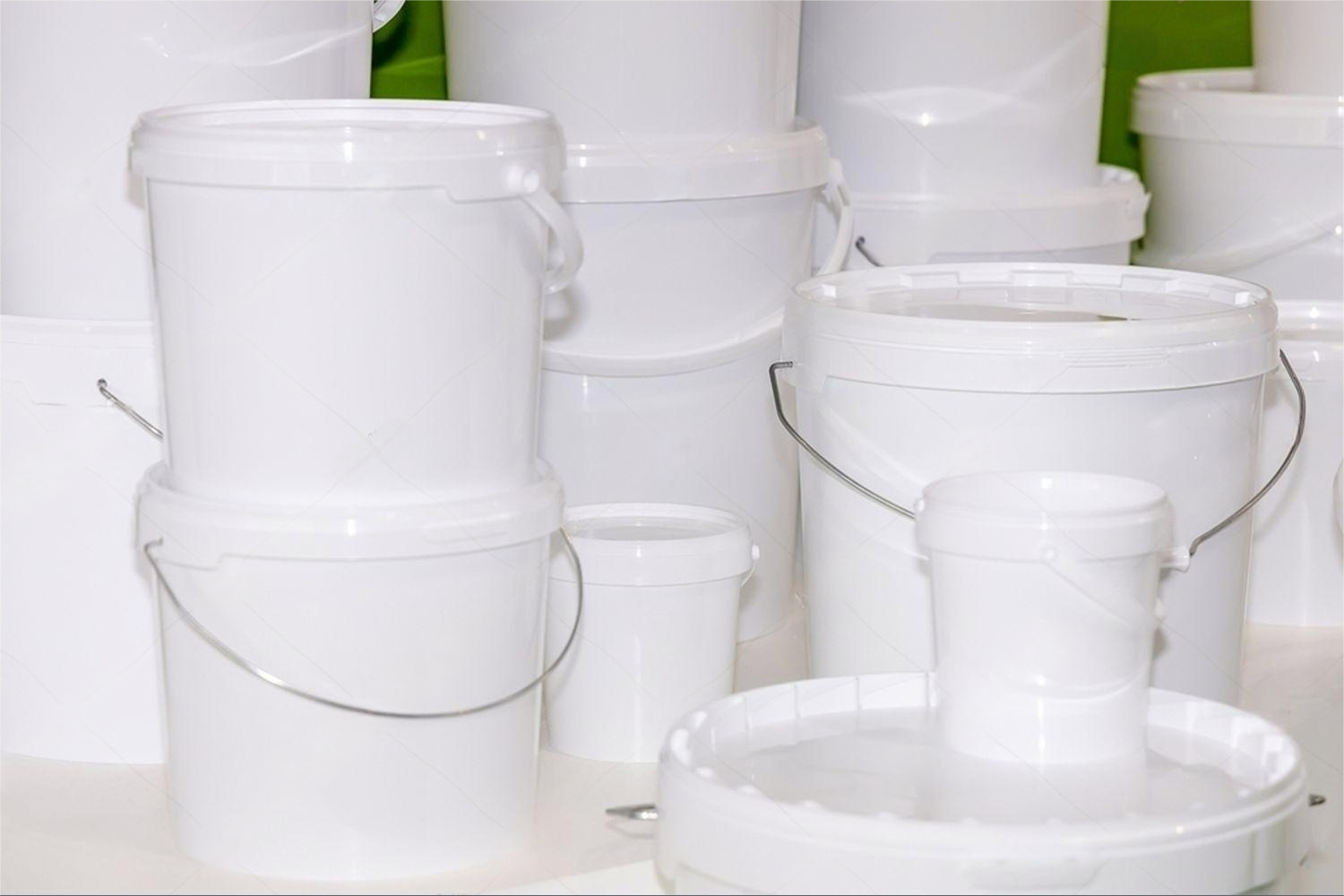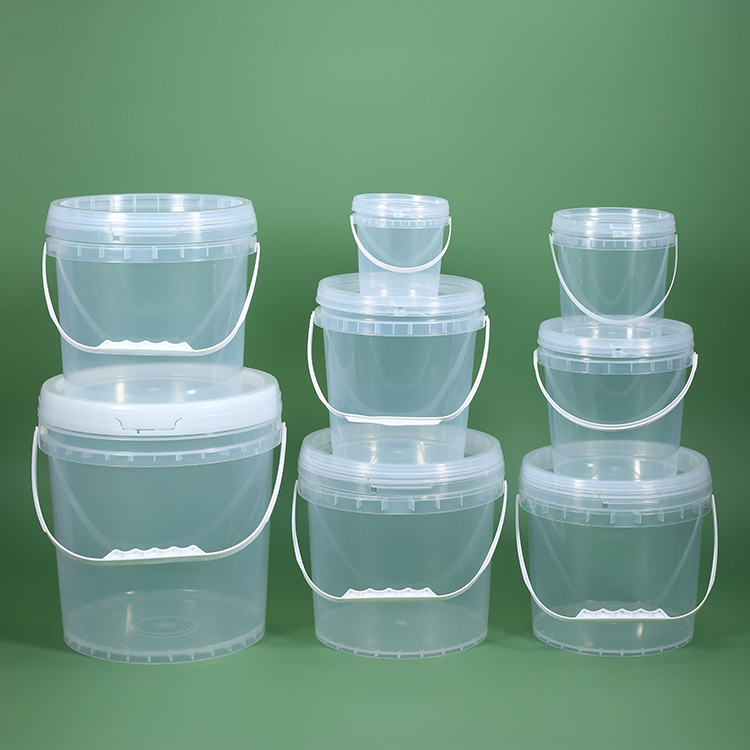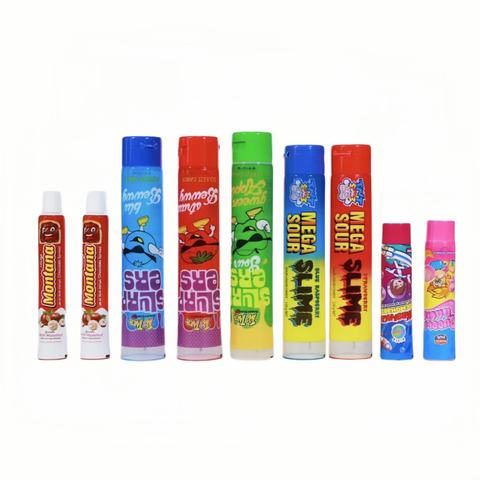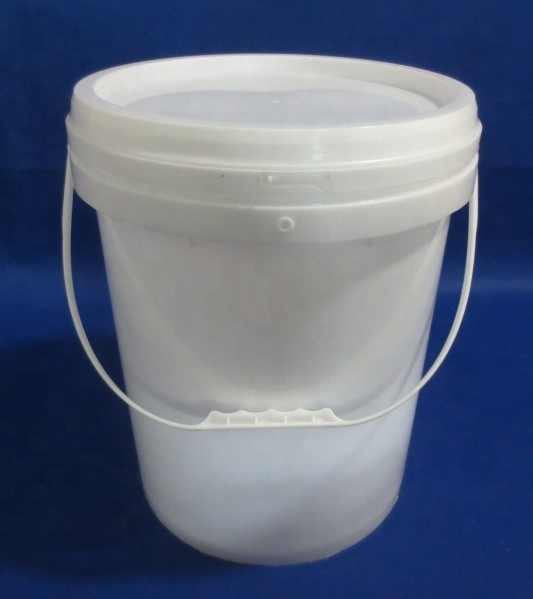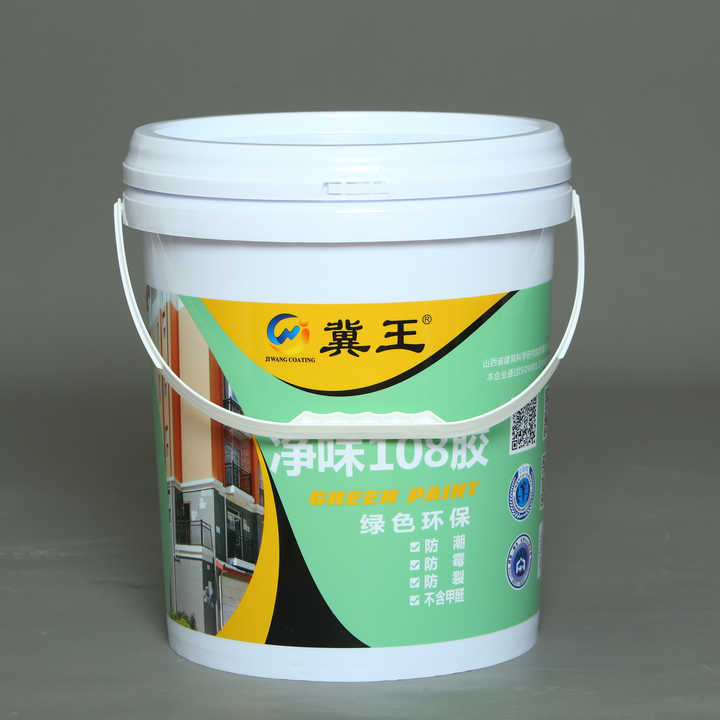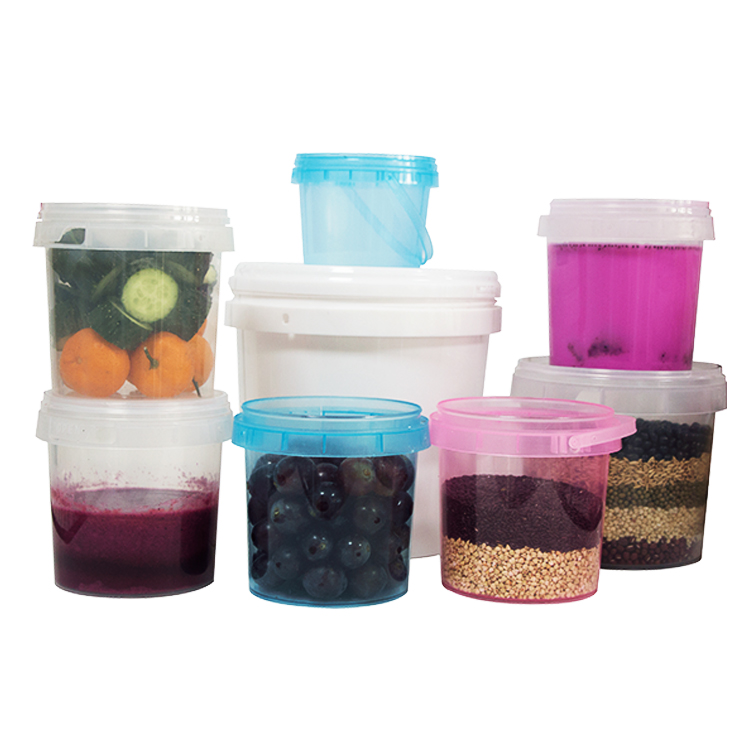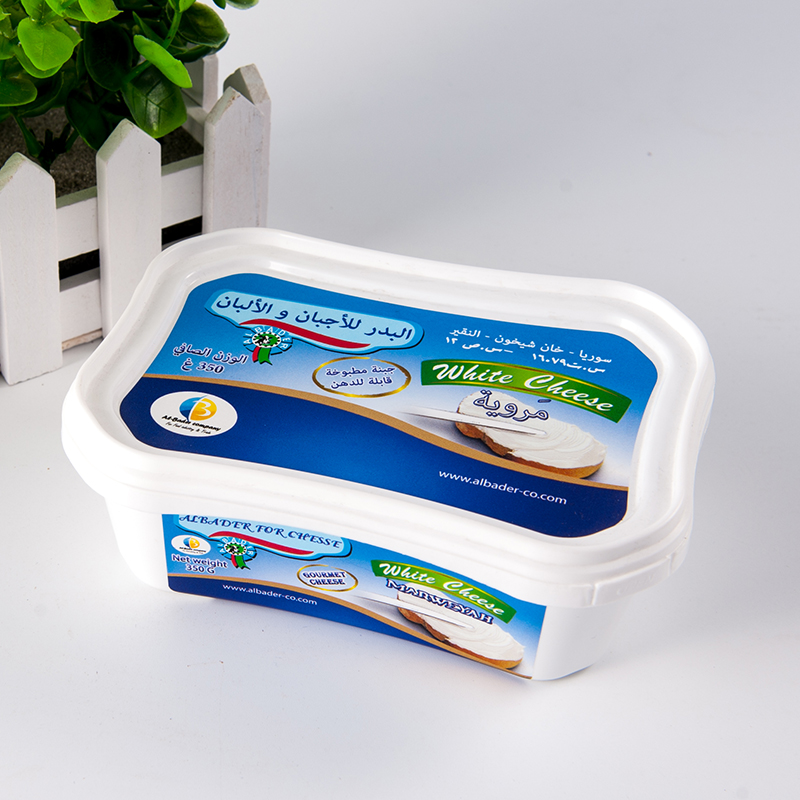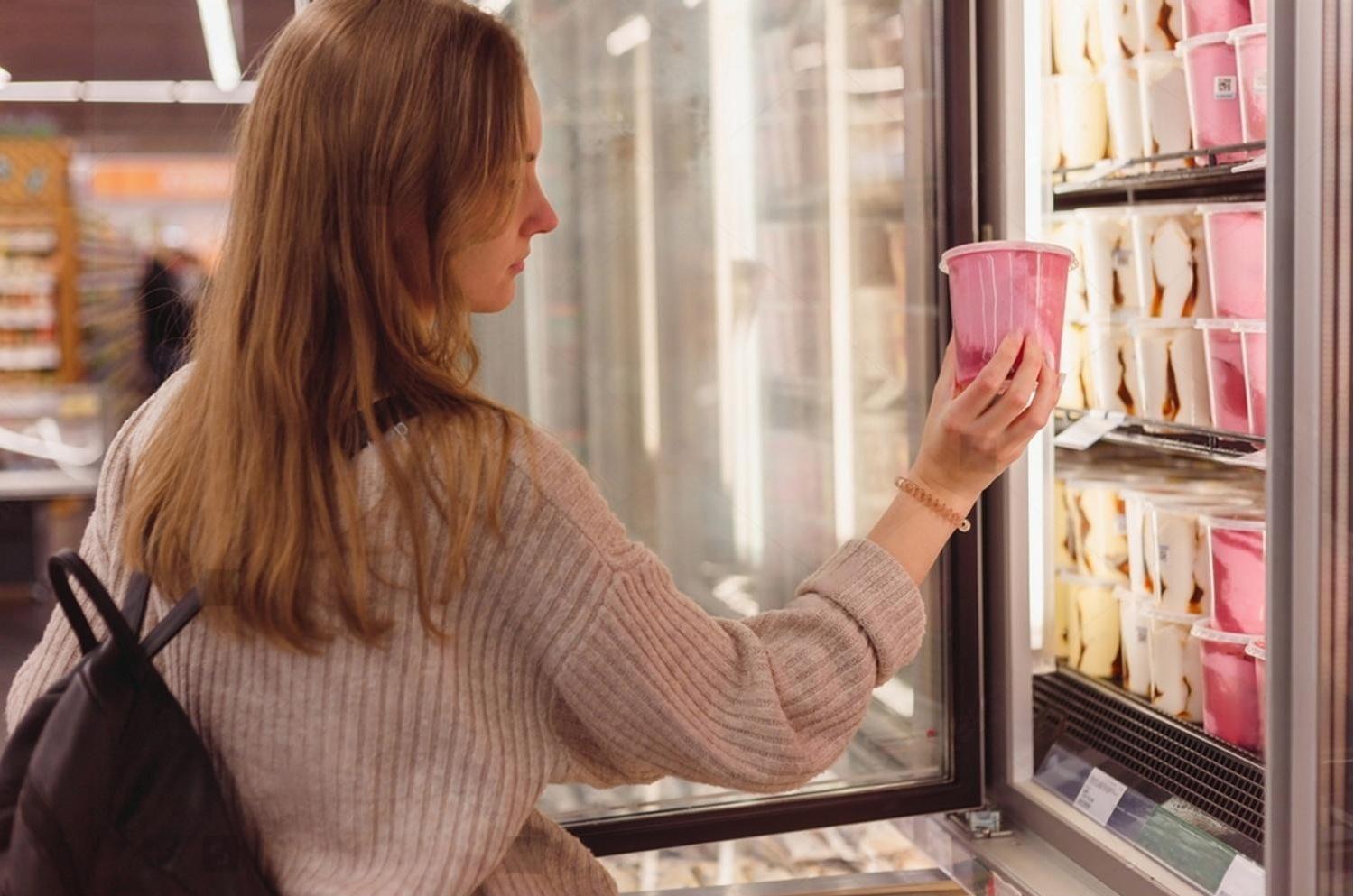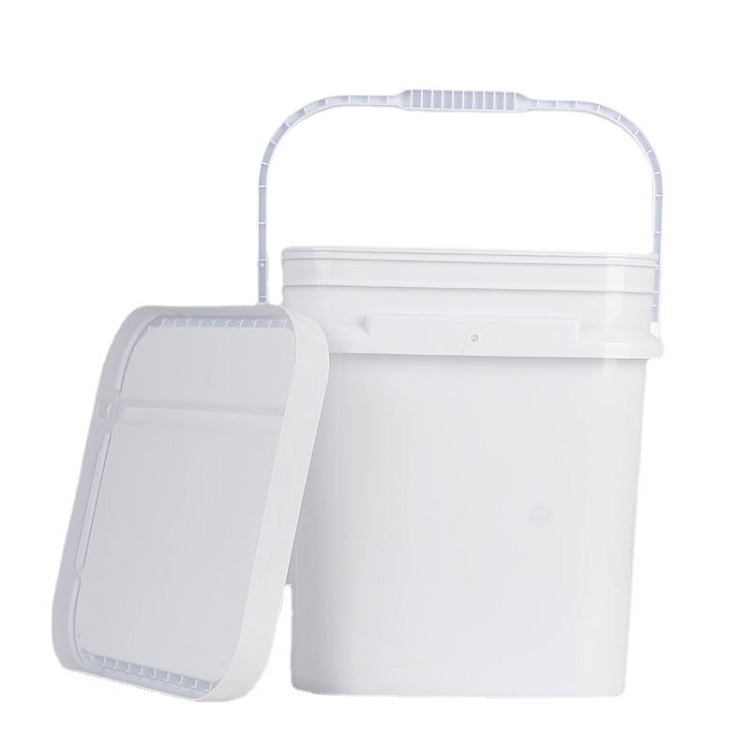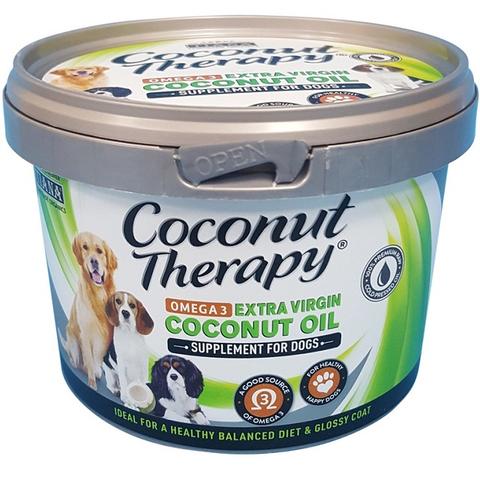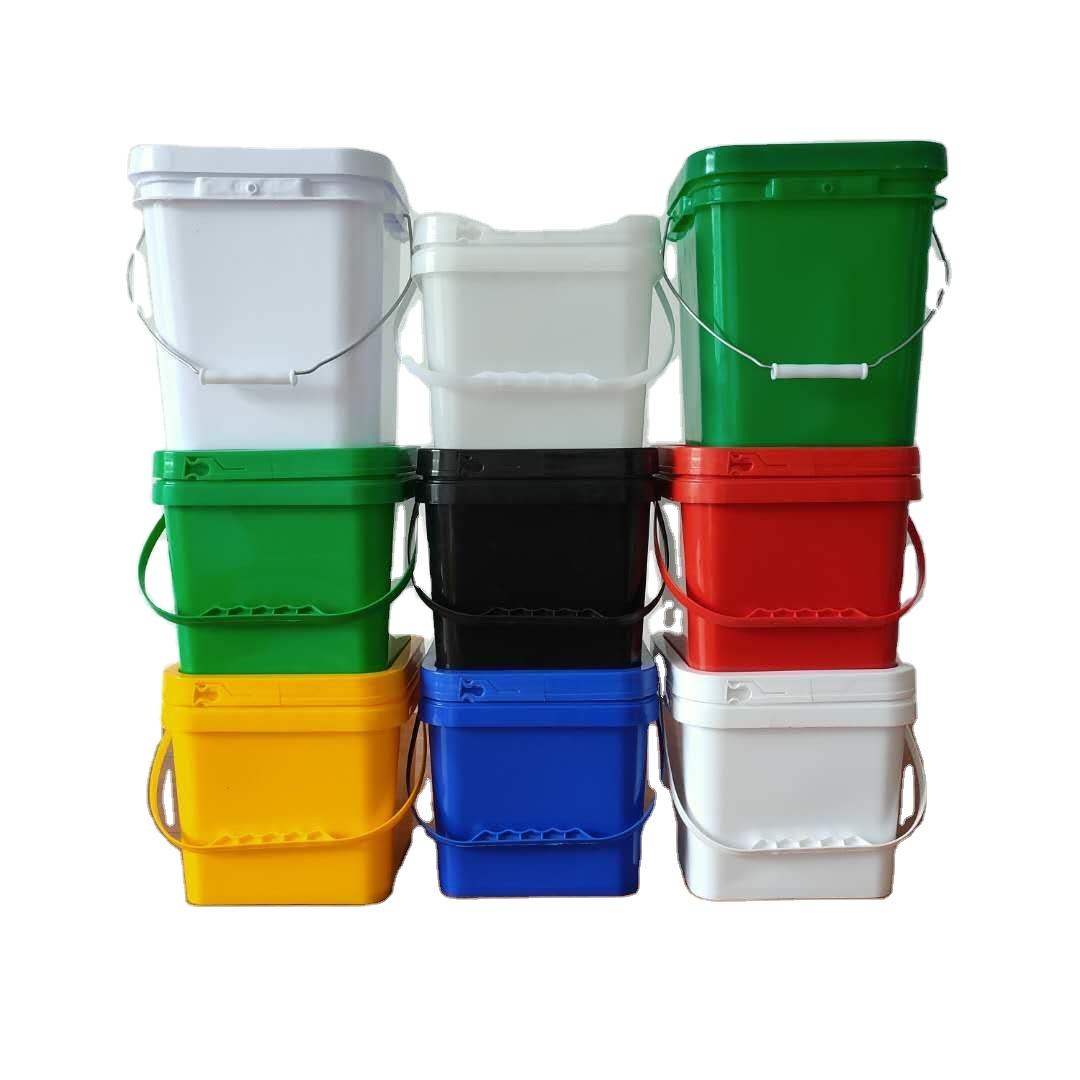
Lorem ipsum dolor sit amet, consectetur adipiscing elit, sed do eiusmod Lorem ipsum dolor sit amet consectetur adipiscing elit, sed do eiusmod lorem ipsum
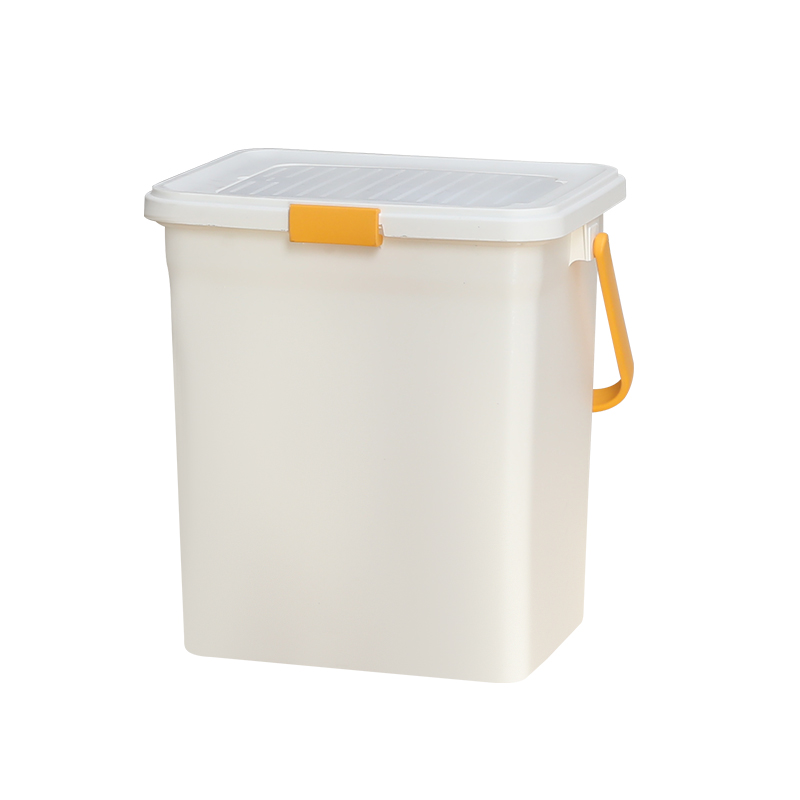
Análise da produção: Normas para contentores de alimentos para animais de companhia
Análise exaustiva da produção de baldes de sementes para aves em 2024, abrangendo materiais, processos de fabrico, normas de segurança e práticas de sustentabilidade. Guia essencial para profissionais e fabricantes do sector.
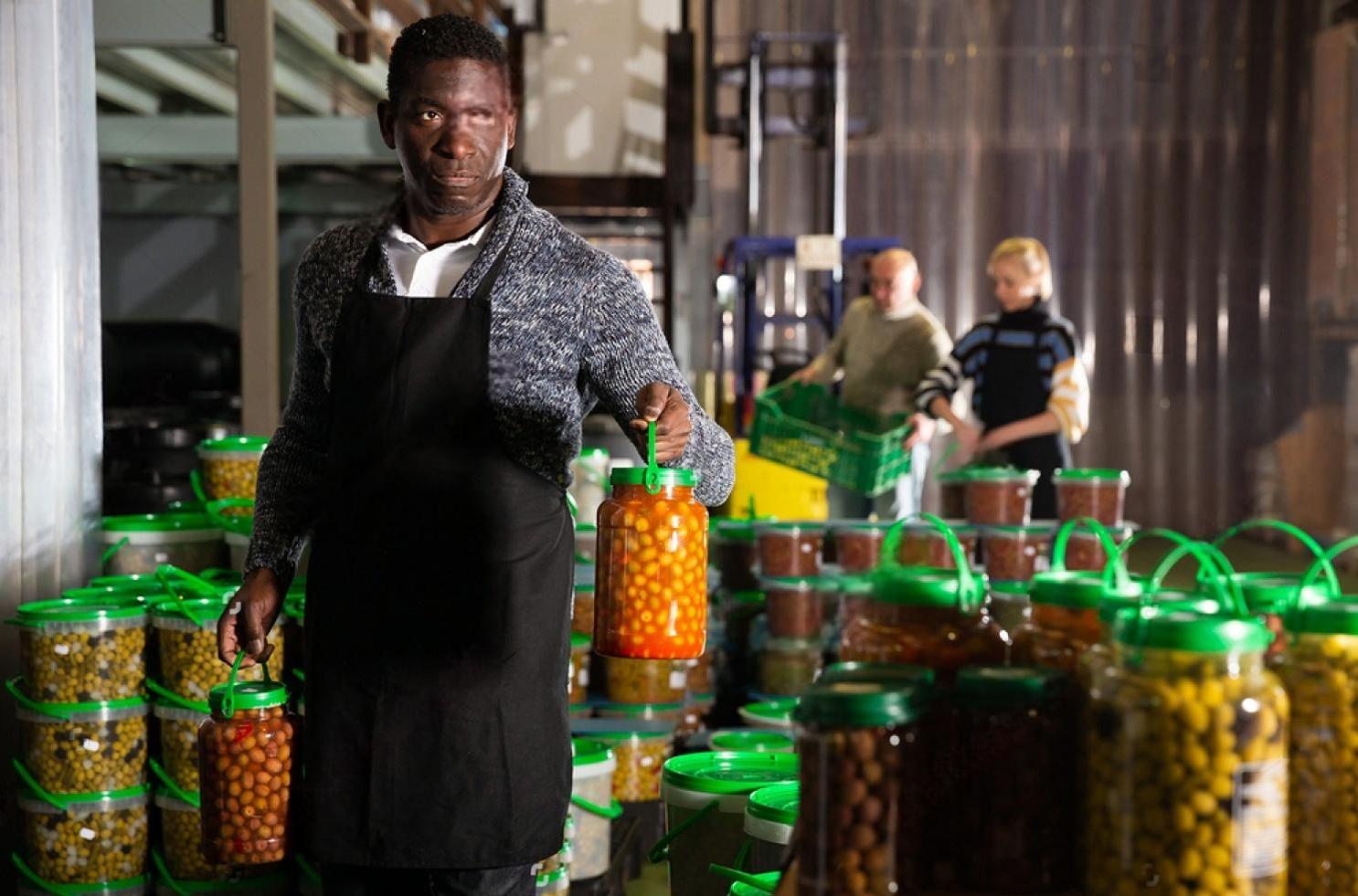
Ghee and Syrup Buckets: Why Plastic Packaging Is the Best Choice
Análise exaustiva da produção de baldes de sementes para aves em 2024, abrangendo materiais, processos de fabrico, normas de segurança e práticas de sustentabilidade. Guia essencial para profissionais e fabricantes do sector.

Métodos eficazes para remover manchas brancas de baldes de plástico
Página inicial Índice Introdução As manchas brancas nos baldes de plástico são normalmente causadas por água dura, que contém níveis elevados de

.jpg)
